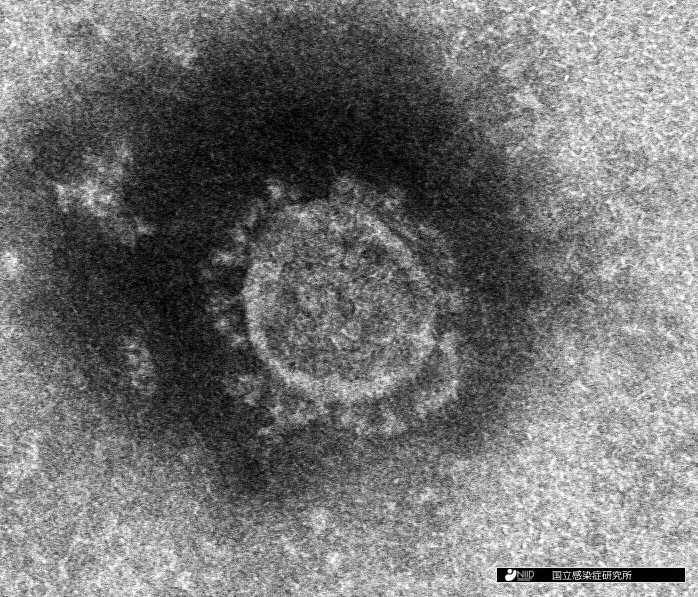Jpn. J. Infect. Dis., 65 (3), 198-202, 2012
To see a printable version of the article in the Adobe file format, click this [PDF] link.
Midori Hiroi1*, Naomi Takahashi1, Tetsuya Harada1, Fumihiko Kawamori1, Natsuko Iida1, Takashi Kanda1, Kanji Sugiyama1, Norio Ohashi2, Yukiko Hara-Kudo3, and Takashi Masuda1
1Department of Microbiology, Shizuoka Institute of Environment and Hygiene, Shizuoka 420-8637; 2University of Shizuoka, Shizuoka 422-8526; and 3Division of Microbiology, National Institute of Health Sciences, Tokyo 158-8501, Japan
(Received September 28, 2011. Accepted February 24, 2012)
*Corresponding author: Mailing address: Department of Microbiology, Shizuoka Institute of Environment and Hygiene, 4-27-2, Kita-ando, Aoi-ku, Shizuoka 420-8637, Japan. Tel: +81-54-245-0291, Fax: +81-54-245-7636, E-mail: This email address is being protected from spambots. You need JavaScript enabled to view it.
SUMMARY: The serotype, Shiga toxin (Stx) type, and antimicrobial resistance patterns of 138 Stx-producing Escherichia coli (STEC) strains isolated from humans between 2003 and 2007 in Shizuoka Prefecture, Japan were characterized. The predominant O serogroups of the STEC isolates were O157, O26, and O111. Antimicrobial susceptibility testing of the STEC isolates showed that 31 of the 138 isolates (22.5%) were resistant to antibiotics. Compared to the results reported in the previous studies, a higher rate of STEC O157 isolates were susceptible to all the antimicrobial agents used in this study. However, antimicrobial susceptibility data from this study showed that antimicrobial resistance patterns have increased by 6 compared to the survey performed by Masuda et al. between 1987 and 2002 (Jpn. J. Food Microbiol., 21, 44–51, 2004). This indicates that STEC isolates have evolved to show a variety of antimicrobial resistance patterns. It is important to consider the population of isolates showing decreased susceptibility to clinically relevant drugs such as ciprofloxacin (CPFX) and fosfomycin (FOM). All the 3 STEC isolates resistant to nalidixic acid showed low susceptibility to CPFX (MIC, 0.25–0.5 μg/ml). In addition, a decreased susceptibility to FOM was clearly observed in the E. coli O26 isolates. Our findings also showed that 1 STEC O26 strain could possibly be a chromosomal AmpC β-lactamase hyperproducer. These results suggest that antimicrobial therapy may be less effective in patients with non-O157 STEC infections than in those with STEC O157 infections.
